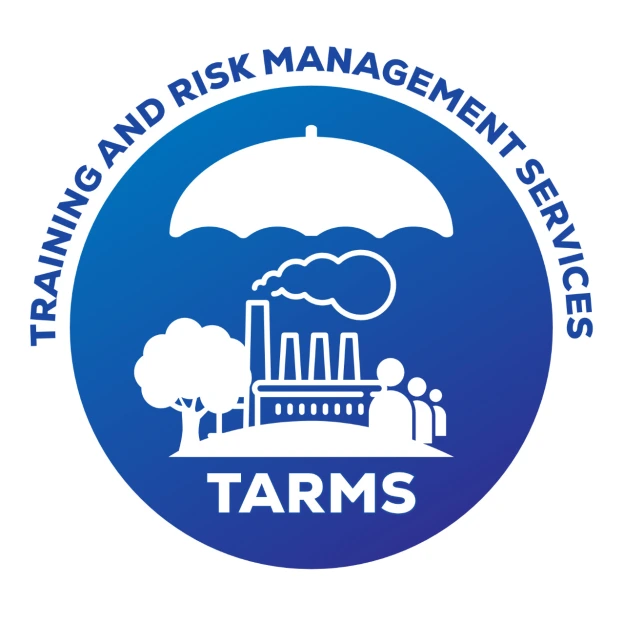
Introduction to Integrated Management System (IMS)
An Integrated Management System (IMS) combines all aspects of an organization’s systems, processes, and standards into one intelligent framework. It enables an organization to streamline its operations, align its objectives, and enhance efficiency by reducing duplication and ensuring a holistic approach to management. Here’s a comprehensive overview:
1. Definition of IMS
An Integrated Management System (IMS) is a unified system that integrates multiple management standards and processes into a single framework, enabling an organization to manage and oversee various operational aspects in a coordinated manner. The integration typically includes quality management (ISO 9001), environmental management (ISO 14001), and occupational health and safety management (ISO 45001) systems, among others.
2. Key Objectives of IMS
- Efficiency and Effectiveness: Reduce duplication of processes and documentation by combining management systems, leading to more efficient operations.
- Consistent Objectives: Ensure alignment of objectives across different management systems, helping the organization to maintain a consistent strategic direction.
- Continuous Improvement: Foster a culture of continuous improvement by integrating feedback and corrective actions across all management areas.
- Risk Management: Enhance the identification, assessment, and management of risks across various domains, including quality, safety, environment, and business continuity.
- Compliance and Regulation: Simplify compliance with relevant regulations and standards by addressing all requirements in a cohesive manner.
3. Core Components of IMS
- Common Structure and Documentation: A shared structure that includes policies, procedures, objectives, and records, eliminating the need for multiple sets of documents.
- Unified Auditing and Review: Conducting integrated audits and management reviews to assess performance across all areas in a single process.
- Integrated Risk Management: A coordinated approach to risk management that addresses quality, environmental, and safety risks in a unified manner.
- Shared Objectives and Policies: Developing common policies and objectives that reflect the integrated nature of the system, ensuring all management aspects are working towards the same goals.
- Cross-functional Training: Providing training that covers the integrated aspects of the system, promoting a broader understanding among employees.

